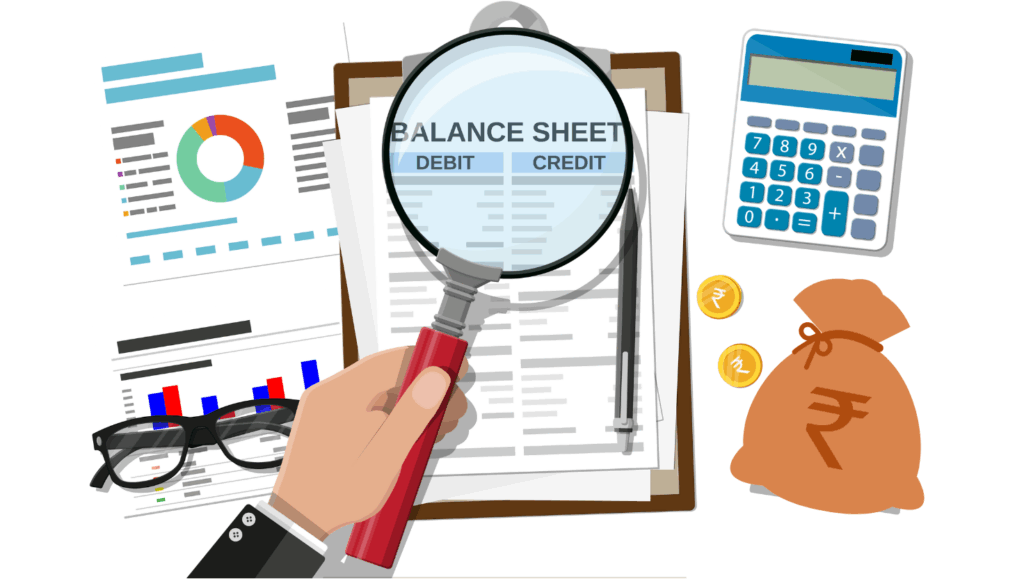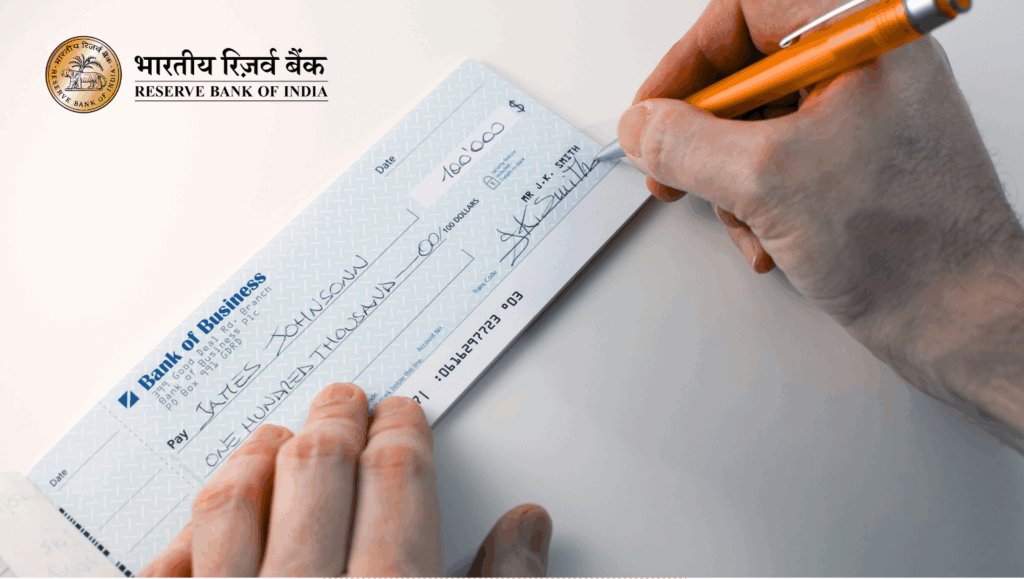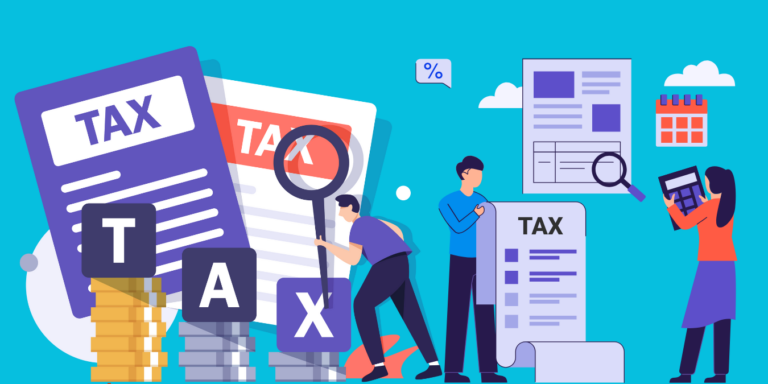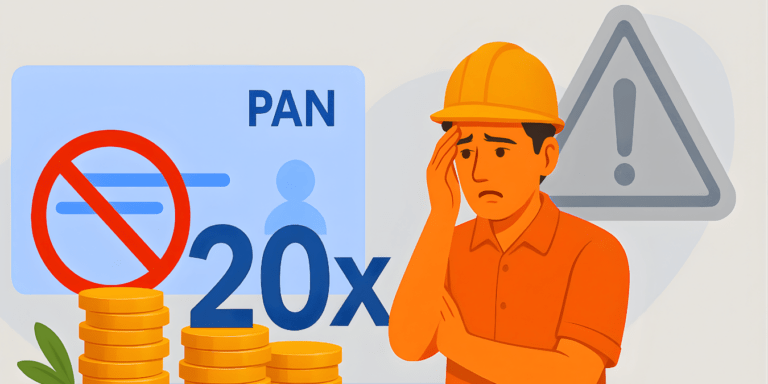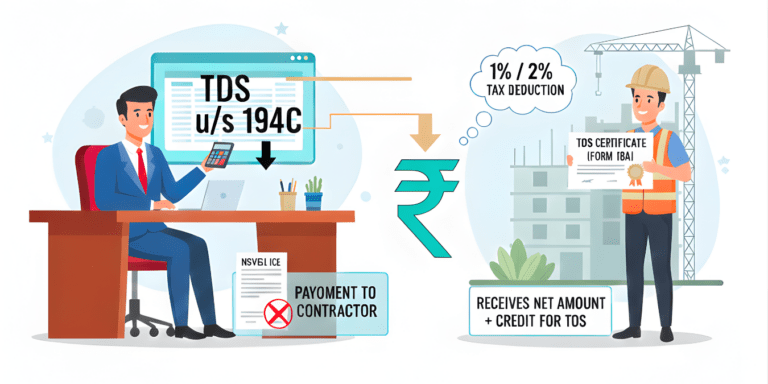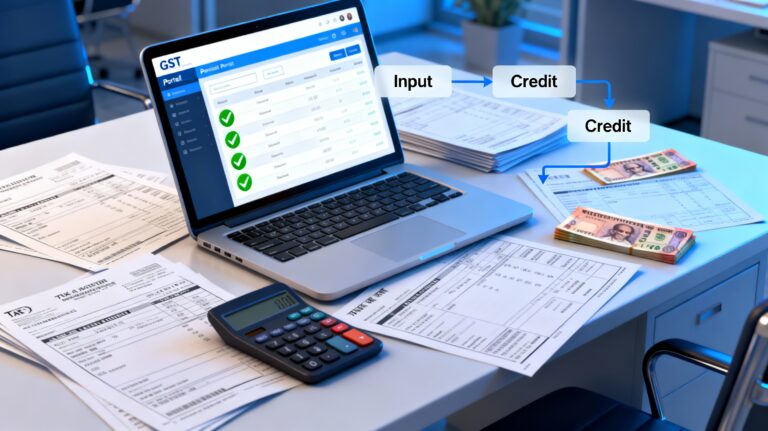
New TDS Rules Form 25, September 2025: Why Middle-Class Indians Are Losing ₹20K on FDs – And the One Form to Stop It
How the 2025 TDS rules, effective September 25, could save FD investors ₹20K or more! With new ₹1 lakh exemptions for seniors and ₹50K for others, your fixed deposit returns just got a tax-friendly boost. But miss one critical form, and you’re hit with a 20% TDS shock. Unravel the suspense of aggregate interest traps and unlock pro tips to outsmart deductions.
The Union Budget 2025 has rolled out game-changing reforms to TDS on Fixed Deposit (FD) interest, effective from September 25, 2025, designed to provide relief to millions of middle-class families and senior citizens amid rising inflation and economic recovery post-pandemic. Drawing from my experience as a financial advisor in Mumbai, where countless clients rely on FDs for stable income, this post dives deep into these updates, offering actionable insights to help you optimize your investments and comply seamlessly.
What Are the New TDS Rules on FD Interest from September 25, 2025?
Starting September 25, 2025, banks and financial institutions will apply increased exemption thresholds for TDS deduction on FD interest. Key highlights include:
- Higher Exemption Limits:
- For senior citizens, the exemption limit increases from ₹50,000 to ₹1,00,000 per financial year.
- For other taxpayers, the limit rises from ₹40,000 to ₹50,000 per financial year.
- TDS Rate Remains the Same:
- 10% TDS if PAN card is provided.
- 20% TDS if PAN card details are not furnished.
- Aggregate Interest Calculation:
TDS will be deducted if the aggregate annual interest from fixed deposits held at a bank exceeds these limits—not per FD but cumulative interest per bank. - Applicability Across Cooperative Societies and Banks:
The exemption limits apply similarly to cooperative banks, credit societies, land mortgage banks, and agricultural credit societies.
These changes are intended to offer greater relief, especially for senior citizens who rely heavily on FD returns for regular income.
Higher Exemption Limits Explained
For senior citizens, who form nearly 40% of FD investors according to a 2025 ICICI Bank report, the TDS exemption limit on interest income jumps from ₹50,000 to ₹1,00,000 per financial year. This means if your annual FD interest totals ₹90,000 across all deposits in one bank, no TDS will be deducted— a boon for retirees in cities like Delhi and Chennai facing escalating living costs. For general taxpayers, the threshold rises from ₹40,000 to ₹50,000, aligning with the average middle-class income growth of 7% reported by the National Sample Survey Office in 2025.
This change is particularly timely, considering the 2025 economic survey highlighting how inflation at 5.2% erodes fixed income returns. Imagine a Bengaluru-based software engineer with multiple FDs; under old rules, they’d face deductions sooner, but now they can park more funds without immediate tax hits.
The new TDS rules on Fixed Deposit (FD) interest mark a major shift for Indian taxpayers and FD investors facing rising costs and evolving tax laws. From September 25, 2025, higher exemption limits—₹1 lakh for senior citizens and ₹50,000 for others—are set to transform how TDS is deducted on FD interest, easing the tax burden significantly. However, aggregate interest calculations per bank and stricter PAN requirements mean taxpayers must stay alert to avoid unexpected deductions. With inflation pressuring household finances, understanding these new TDS regulations, Form 15G/15H submission, and filing accurate returns is vital to safeguard hard-earned savings. As tax season nears, millions are racing to optimize fixed income returns under these groundbreaking tax changes for 2025. This isn’t just an update—it’s a wake-up call for FD investors to act now, embrace smart tax planning, and maximize benefits before time runs out. Stay informed, share widely, and empower others to navigate these crucial tax reforms effectively.
TDS Rate Remains the Same: What It Means for You
While exemption limits rise, the TDS rate stays at 10% if your PAN is linked, or 20% without it—unchanged from previous years to maintain simplicity. This continuity helps avoid confusion, as noted in a 2025 KPMG India tax report surveying 10,000 taxpayers. However, with Aadhaar-PAN linkage mandatory since 2023, non-compliance could double your deductions, impacting cash flow for small business owners in rural Maharashtra or Gujarat.
In practice, if a Kolkata resident earns ₹55,000 in FD interest, TDS applies only on the excess ₹5,000 at 10%, resulting in ₹500 deducted. This rate stability ensures predictability, but remember, it’s not the final tax—your slab rate (up to 30% for high earners) applies during ITR filing.
Aggregate Interest Calculation: A Key Shift
Gone are the days of per-FD calculations; now, TDS triggers if cumulative interest per bank exceeds limits. For instance, if you hold three FDs in State Bank of India yielding ₹20,000 each (total ₹60,000), TDS deducts on ₹10,000 for non-seniors. This pan-bank aggregation, enforced via Core Banking Systems, promotes transparency but requires investors to consolidate holdings strategically.
Data from the 2025 Reserve Bank of India bulletin shows this affects 25% of urban FD portfolios, especially in cooperative banks where interest rates often exceed 7.5%. For agricultural credit societies in Punjab and Haryana, the same rules apply, supporting farmers who use FDs for seasonal income stabilization.
Applicability Across Cooperative Societies and Banks
The rules extend uniformly to cooperative banks, land mortgage banks, and credit societies, covering over 90,000 institutions nationwide as per 2025 NABARD statistics. This inclusivity ensures rural investors in states like Tamil Nadu aren’t disadvantaged, where cooperative FDs form 60% of savings. These entities must now upgrade their TDS software by September 25, 2025, to comply, reducing manual errors that plagued 15% of deductions in 2024, according to Income Tax audits.
Overall, these changes foster a more equitable tax system, relieving pressure on senior citizens who, per a 2025 Agewell Foundation study, depend on FD interest for 70% of their monthly expenses amid healthcare costs rising 12% annually.
How TDS on FD Interest Works Under the New Rules
Understanding the mechanics of TDS deduction is vital for Indian taxpayers, especially with digital banking apps now sending real-time alerts on interest accruals. Banks deduct TDS before crediting interest, treating it as advance tax payment. This process, streamlined by the 2025 e-governance initiatives, ensures seamless integration with your Form 26AS for ITR verification.
For a practical example, consider a Hyderabad retiree with ₹80,000 annual interest: under new rules, no TDS if senior, but ₹3,000 deducted (10% on ₹30,000 excess) if not. Yet, if their total income falls in the nil-tax slab, they can claim full refund via ITR—highlighting why 40% of TDS on FDs gets refunded annually, as per 2025 CBDT data.
Important Points for FD Investors
- Taxation as Per Income Slab: FD interest falls under "Income from Other Sources," taxed at your slab rate. Even post-TDS, high-net-worth individuals in Mumbai might owe more, while low-income earners in Bihar get refunds.
- Senior Citizens' Advantages: With the doubled limit, seniors can enjoy up to ₹1 lakh tax-free at source, complementing schemes like Senior Citizens Savings Scheme (SCSS) yielding 8.2% in 2025.
- Submitting Form 15G/H: If income is below ₹2.5 lakh (basic exemption), submit 15G; for seniors, 15H if below ₹3 lakh. Digital submission via bank apps has surged 50% in 2025, per Axis Bank reports, improving liquidity.
- Deduction Timing: TDS hits on crediting—quarterly for cumulative FDs or at maturity for others. This periodicity affects cash flow; plan maturities around fiscal needs.
In a narrative from my consulting days, a Chennai client avoided ₹15,000 in unnecessary TDS by submitting 15H timely, redirecting funds to family education— a common story in India's aspirational middle class.
How to Comply and Optimize Your Tax on FD Interest
Compliance isn't just about avoiding penalties; it's about smart financial planning in a country where household savings rate stands at 30% of GDP, per 2025 Economic Survey. Follow these steps to navigate the new rules effectively.
Step 1: Monitor Your FD Interest Earnings
Use banking apps or Excel trackers to aggregate interest. For example, with FD calculators showing projected yields at 7% average rate, forecast if you'll breach ₹50,000/₹1 lakh. Tools like Groww or Paytm Money integrate RBI rate updates for accuracy.
Step 2: Provide Your PAN to the Bank
Link PAN via net banking or branch visits; unlinked accounts face 20% TDS, as seen in 10% of cases audited in 2025. This step alone saves thousands for salaried professionals in Bengaluru.
Step 3: Submit Form 15G/15H If Eligible
Download from bank sites, fill accurately, and submit before interest credit. Eligibility checks via income estimators prevent rejections, common in 20% submissions per 2025 data.
Step 4: File Income Tax Return Accurately
Use ITR-1 or ITR-2, report under Schedule OS, and match with Form 26AS. E-filing refunds process in 15 days now, benefiting 80 million filers in 2025.
Step 5: Plan FD Investments Strategically
Distribute across banks to stay under limits per entity. Seniors, leverage the ₹1 lakh cap with high-yield FDs from NBFCs like Bajaj Finance at 8.1%.
Adding depth, consider tax implications with inflation-indexed bonds or ELSS for diversification, reducing overall tax outgo by 15-20% as per Motilal Oswal 2025 analysis.
Common Mistakes FD Investors Should Avoid in 2025
- Ignoring Aggregate Interest Across Multiple FDs
Many investors mistakenly consider individual FDs separately; TDS exemption applies on total interest per bank. - Not Updating PAN with Banks
This results in 20% TDS deduction, denting returns unnecessarily. - Failing to Submit Form 15G/15H
Missing this step causes unwanted TDS deductions even if income is below taxable limits. - Not Filing ITR Despite TDS Deduction
Failure to file returns means losing out on TDS refunds if total tax liability is lower.
Pro Tips for FD Tax Efficiency in 2025
- Split FDs across 3-4 banks; e.g., ₹10 lakh each in HDFC, ICICI keeps interest under thresholds.
- Pair with 80C instruments like PPF (7.1% rate) for tax-free growth.
- Seniors: Maximize 15H; track via e-filing portal.
- Verify Form 26AS quarterly online.
- Use calculators from ClearTax; consult CAs for personalized plans, saving up to 10% in taxes.
A tip from Ahmedabad clients: Ladder FDs for staggered maturities, aligning with tax years.
Featured Snippet: Key Takeaways on New TDS Rules for FD Investors
- From September 25, 2025, TDS on FD interest applies only if aggregate interest exceeds ₹50,000 for general citizens and ₹1 lakh for senior citizens annually.
- TDS rate remains 10% with PAN and 20% without PAN.
- Form 15G/15H can prevent TDS deduction if total income is below taxable limits.
- FD interest is taxable as per income slab and must be reported in ITR.
- Planning FD investments across banks can help optimize tax outcomes.
Final Thought: How to Prepare for New TDS Rules from Sept 2025
As India marches towards a $5 trillion economy by 2027, these TDS reforms empower everyday investors to build wealth sustainably. Embrace them by auditing your FD portfolio today, updating details, and submitting forms promptly.
Take action now: Log into your bank app, calculate projected interest, and consult a tax expert for tailored advice. By optimizing under the 2025 rules, you'll secure better returns and peace of mind in this dynamic financial era.








